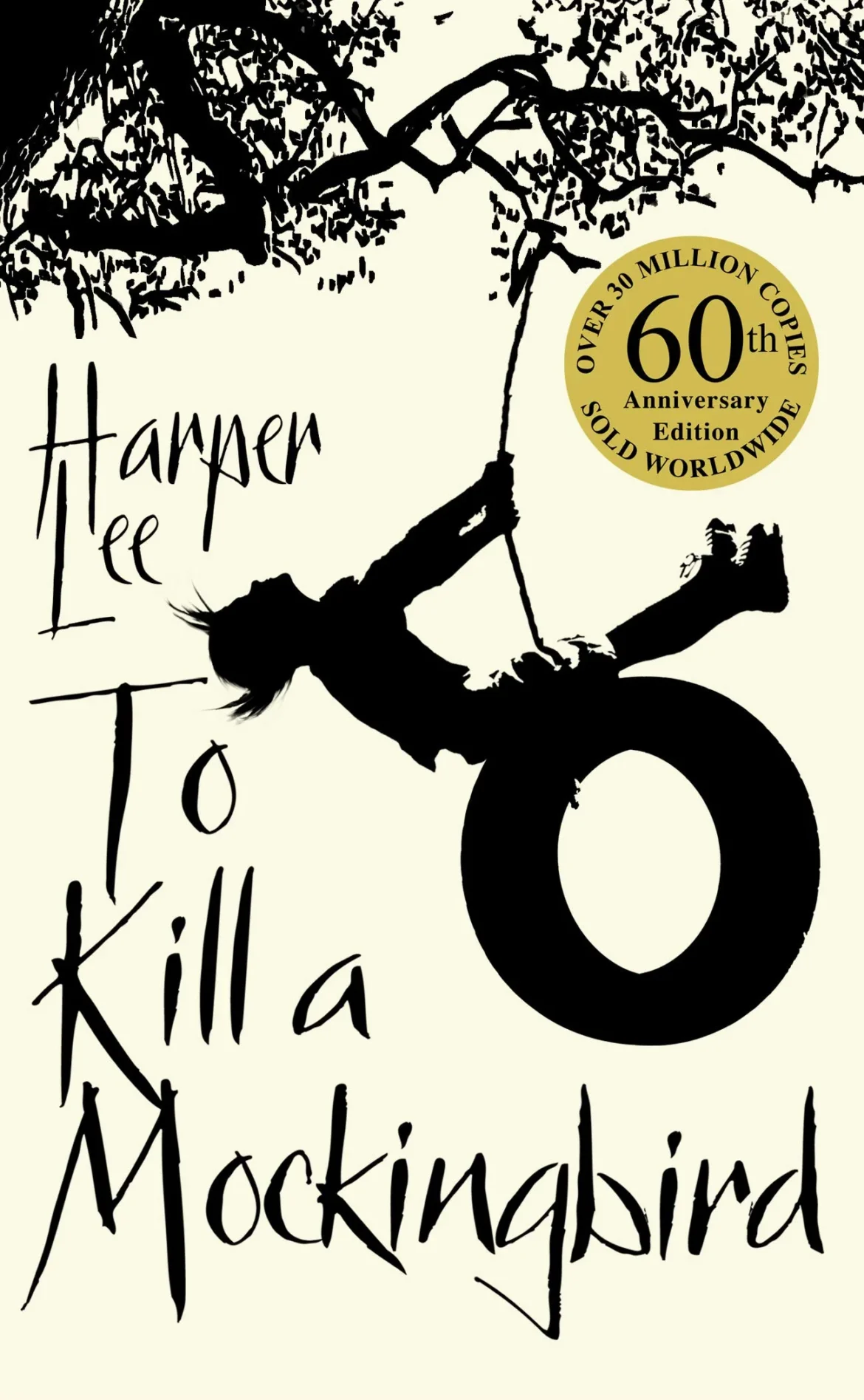Harper Lee’s To Kill a Mockingbird, first published in 1960, remains a cornerstone of American literature, delivering a poignant exploration of racial inequality and moral courage in the Deep South. Set in the 1930s in fictional Maycomb, Alabama, the novel follows young Scout Finch as she navigates a world shaped by prejudice, guided by her father, Atticus Finch, who defends a Black man falsely accused of raping a white woman.
Critics and readers alike have praised the novel for its unflinching portrayal of systemic racism and the innocence of childhood confronting harsh realities. The narrative, told from Scout’s perspective, provides both a personal and societal lens, blending humor, compassion, and tension.
“To Kill a Mockingbird doesn’t just tell a story; it holds a mirror up to society,” noted one literary analyst. The novel’s impact endures, influencing discussions on justice, empathy, and the responsibility to stand against injustice.
Decades after its release, the book continues to appear on school curricula and public reading lists, cementing its reputation as more than a novel—it is a call to conscience. With timeless themes and a deeply human story, Harper Lee’s work remains as relevant today as it was over 60 years ago.

